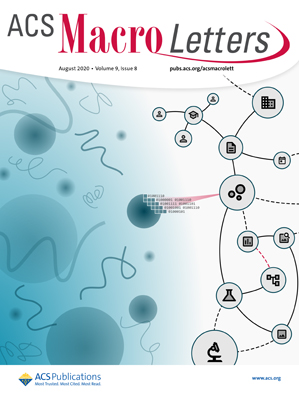水促进对降解正极的定向修复,实现可持续锂离子电池
IF 5.1
Q1 POLYMER SCIENCE
引用次数: 0
摘要
由于废弃物的成分多种多样,直接修复报废锂离子电池阴极面临着巨大挑战。在此,我们提出了一种适用于各种报废批次和阴极的水促进定向修复策略。该过程包括在降解的锰酸锂(LMO)中,通过环境水重锰化后的额外热驱动,启动结构修复并重建颗粒形态,从而实现元素修复。与固相修复相比,得到的 LMO 材料具有更优越的电化学和动力学特性。理论分析强调了锰缺陷对降解材料的结构稳定性和电子转移率的影响。锰离子倾向于在锰层内扩散,特别是占据锰 16d 位点而不是锂 8a 位点,这从理论上支持了环境水重锰化的可行性。此外,这种方法还能有效地对降解的层状阴极材料进行再锰化,生成单晶体。通过将低能耗、环保和可回收性结合起来,我们的研究提出了一种可持续的废电池利用方法。这种策略有望实现对劣化阴极材料的工业直接修复。本文章由计算机程序翻译,如有差异,请以英文原文为准。
Water‐facilitated targeted repair of degraded cathodes for sustainable lithium‐ion batteries
Directly repairing end‐of‐life lithium‐ion battery cathodes poses significant challenges due to the diverse compositions of the wastes. Here, we propose a water‐facilitated targeted repair strategy applicable to various end‐of‐life batches and cathodes. The process involves initiating structural repair and reconstructing particle morphology in degraded LiMn2O4 (LMO) through an additional thermal drive post‐ambient water remanganization, achieving elemental repair. Compared to solid‐phase repair, the resulting LMO material exhibits superior electrochemical and kinetic characteristics. The theoretical analysis highlights the impact of Mn defects on the structural stability and electron transfer rate of degraded materials. The propensity of Mn ions to diffuse within the Mn layer, specifically occupying the Mn 16d site instead of the Li 8a site, theoretically supports the feasibility of ambient water remanganization. Moreover, this method proves effective in the relithiation of degraded layered cathode materials, yielding single crystals. By combining low energy consumption, environmental friendliness, and recyclability, our study proposes a sustainable approach to utilizing spent batteries. This strategy holds the potential to enable the industrial direct repair of deteriorated cathode materials.
求助全文
通过发布文献求助,成功后即可免费获取论文全文。
去求助
来源期刊
CiteScore
10.40
自引率
3.40%
发文量
209
审稿时长
1 months
期刊介绍:
ACS Macro Letters publishes research in all areas of contemporary soft matter science in which macromolecules play a key role, including nanotechnology, self-assembly, supramolecular chemistry, biomaterials, energy generation and storage, and renewable/sustainable materials. Submissions to ACS Macro Letters should justify clearly the rapid disclosure of the key elements of the study. The scope of the journal includes high-impact research of broad interest in all areas of polymer science and engineering, including cross-disciplinary research that interfaces with polymer science.
With the launch of ACS Macro Letters, all Communications that were formerly published in Macromolecules and Biomacromolecules will be published as Letters in ACS Macro Letters.

 求助内容:
求助内容: 应助结果提醒方式:
应助结果提醒方式:


